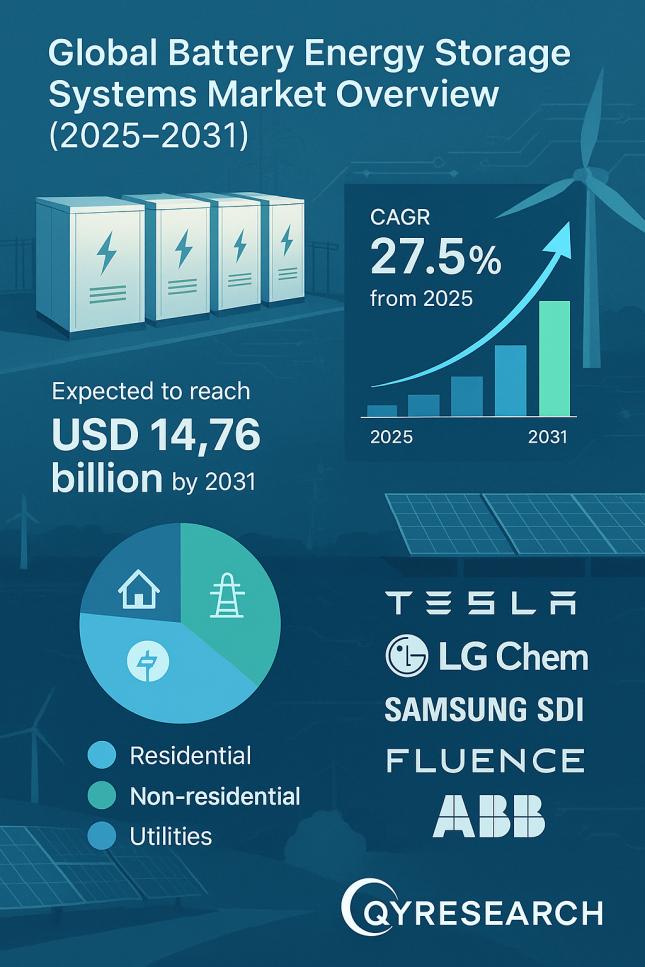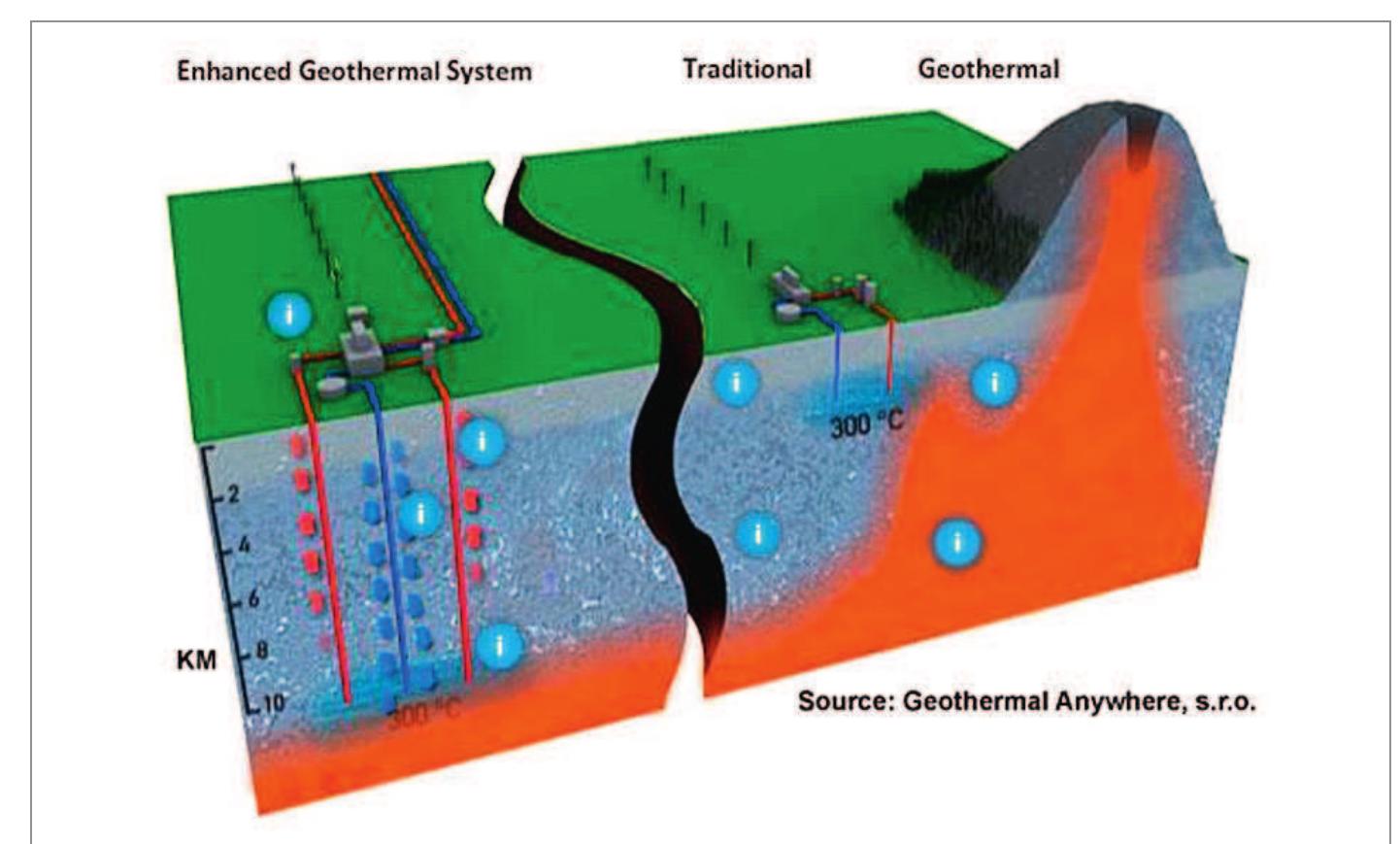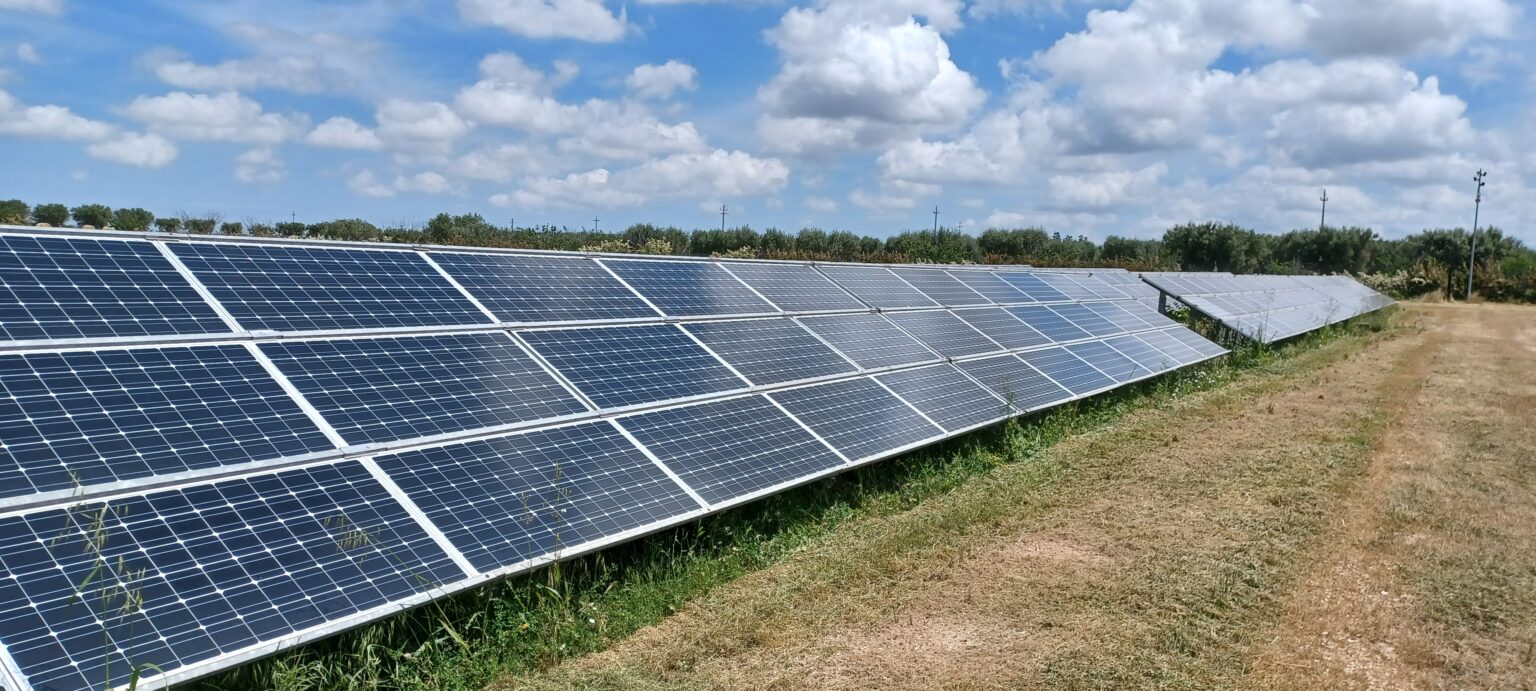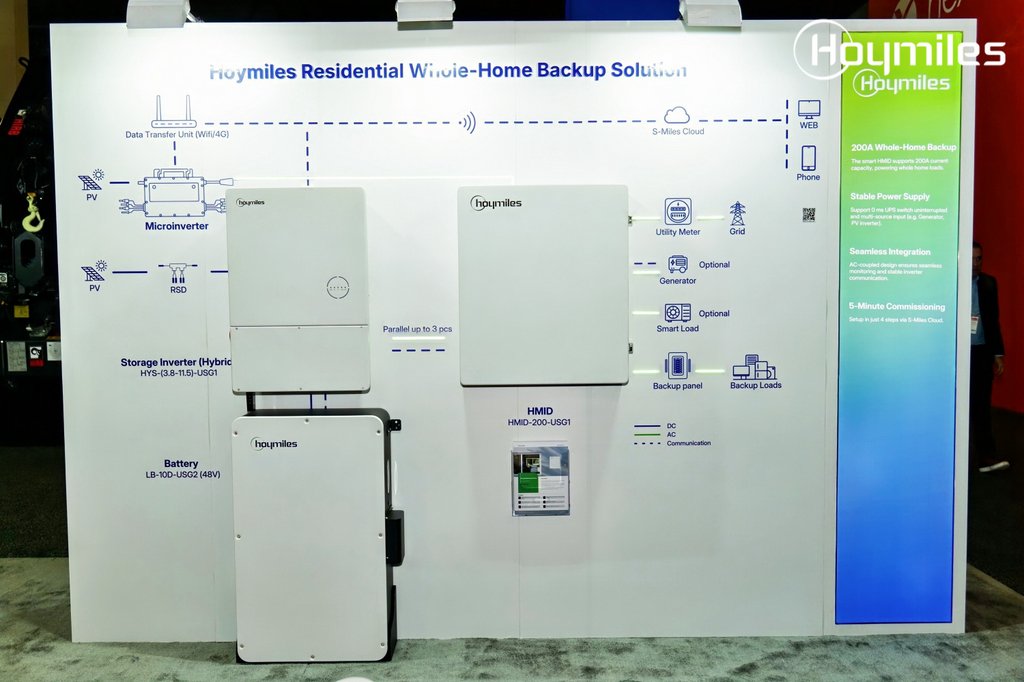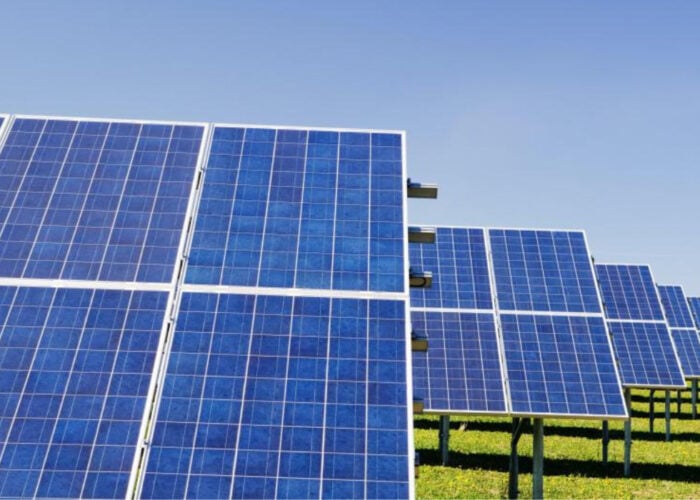Report on Volvo Penta’s Strategic Partnership for Sustainable Energy Storage Solutions
Executive Summary
Volvo Penta, a subsidiary of the Volvo Group, has entered into a strategic partnership with energy solutions provider e-power to manufacture and deploy Battery Energy Storage Systems (BESS). This initiative is designed to provide scalable, mobile, and clean energy, primarily for the construction rental market, with Boels Rentals as a key client. The collaboration represents a significant step towards achieving several United Nations Sustainable Development Goals (SDGs) by promoting clean energy, fostering industrial innovation, and encouraging sustainable production patterns.
Alignment with Sustainable Development Goals (SDGs)
The development and deployment of these BESS units directly contribute to the following SDGs:
- SDG 7: Affordable and Clean Energy: The BESS provides a portable, zero-emission power source, accelerating the transition to clean energy in industrial applications and reducing reliance on fossil-fuel-powered generators.
- SDG 9: Industry, Innovation, and Infrastructure: This partnership exemplifies innovation in industrial power solutions. The development of a scalable, integration-ready BESS architecture supports the creation of resilient and sustainable infrastructure, particularly within the construction sector.
- SDG 11: Sustainable Cities and Communities: By offering a silent and emission-free energy solution for urban construction sites, the BESS helps reduce noise and air pollution, contributing to healthier and more sustainable urban environments.
- SDG 12: Responsible Consumption and Production: The project promotes a shift towards sustainable production and consumption by replacing traditional power systems with clean battery technology, aligning with circular economy principles.
- SDG 13: Climate Action: The initiative directly addresses climate change by providing a fossil-free power alternative, reducing greenhouse gas emissions from heavy-duty applications. This complements Volvo Penta’s existing efforts, such as ensuring its diesel engines can run on Hydro-treated Vegetable Oil (HVO), which reduces emissions by up to 90%.
- SDG 17: Partnerships for the Goals: The collaboration between Volvo Penta, e-power, and Boels Rentals is a model multi-stakeholder partnership, uniting a technology manufacturer, an energy solutions integrator, and an end-user to achieve common sustainability objectives.
Technical and Operational Overview
The Volvo Penta BESS subsystem is a purpose-built solution engineered for high performance and adaptability in demanding environments. Its design is optimized to support the goals of sustainable industrial operations.
Core Components and Features
- System Components: The subsystem includes high-density battery packs, a sophisticated Battery Management System (BMS), DC/DC converters, and an integrated thermal management system.
- Design and Portability: The unit is engineered to be compact, energy-dense, and transport-friendly, making it ideal for the mobile requirements of the rental market.
- Scalability and Integration: The BESS features an integration-ready architecture, allowing Original Equipment Manufacturers (OEMs) like e-power to easily adapt and scale the systems to meet specific customer requirements.
- Performance Benefits: The system delivers silent, low-emission power, meeting the increasing market demand for clean and reliable energy in construction and other industrial applications.
Conclusion
The partnership between Volvo Penta and e-power to supply BESS units to Boels Rentals marks a pivotal shift in the rental power systems market. This initiative not only addresses the growing demand for clean energy but also provides a commercially viable solution that strongly aligns with global sustainability targets. By prioritizing innovation and collaboration, this project serves as a key contributor to achieving a fossil-free, sustainable future across multiple industries, directly supporting the framework of the Sustainable Development Goals.
Analysis of Sustainable Development Goals in the Article
1. Which SDGs are addressed or connected to the issues highlighted in the article?
-
SDG 7: Affordable and Clean Energy
- The article focuses on the development and deployment of Battery Energy Storage Systems (BESS), which are described as “sustainable power solutions” and “clean, silent, and mobile energy solutions.” This directly relates to ensuring access to modern and clean energy.
-
SDG 9: Industry, Innovation, and Infrastructure
- The partnership between Volvo Penta and e-power to create a “scalable Battery Energy Storage System” represents industrial innovation. The article highlights the goal of upgrading industrial applications, such as construction, with “new and innovative sustainable power solutions” and “fossil-free power solutions,” which promotes sustainable industrialization and resilient infrastructure.
-
SDG 11: Sustainable Cities and Communities
- The BESS units are designed to be “silent” and “low-emissions.” When used in urban environments for applications like construction, these systems help reduce noise and air pollution, contributing to making cities more sustainable and improving the quality of life for residents.
-
SDG 13: Climate Action
- The article explicitly mentions climate action through emission reduction. It states that Volvo Penta’s diesel engines running on hydro-treated vegetable oil (HVO) are “reducing well-to-wheel emissions by up to 90%.” Furthermore, the shift towards “zero-emissions” battery electric components is a direct measure to combat climate change.
2. What specific targets under those SDGs can be identified based on the article’s content?
-
Target 7.2: Increase substantially the share of renewable energy in the global energy mix.
- The article discusses BESS, which are critical for storing energy and can facilitate the integration of intermittent renewable sources into the grid. By providing “portable, sustainable energy” and reducing “grid dependency,” these systems support a move towards a cleaner energy mix.
-
Target 9.4: Upgrade infrastructure and retrofit industries to make them sustainable, with increased resource-use efficiency and greater adoption of clean and environmentally sound technologies.
- The collaboration aims to supply the construction rental industry with BESS. This is a direct example of adopting clean technology in an industrial sector. The article also mentions retrofitting existing technology, as “all Volvo Penta diesel engines now run on hydro-treated vegetable oil (HVO),” making them more sustainable.
-
Target 11.6: Reduce the adverse per capita environmental impact of cities, including by paying special attention to air quality.
- The demand for “clean, silent, and mobile energy solutions” in construction, an industry often active in urban areas, is addressed by the “low-emissions” and “silent” nature of the BESS. This directly contributes to reducing air and noise pollution in cities.
-
Target 13.2: Integrate climate change measures into national policies, strategies and planning.
- While the article focuses on corporate strategy rather than national policy, it demonstrates the integration of climate change measures at a business level. Volvo Penta’s “dedication to fossil-free power solutions” and its development of “zero-emissions” components reflect a corporate strategy aligned with global climate goals.
3. Are there any indicators mentioned or implied in the article that can be used to measure progress towards the identified targets?
-
Reduction in greenhouse gas emissions
- The article provides a specific, quantifiable indicator by stating that using hydro-treated vegetable oil (HVO) in diesel engines is “reducing well-to-wheel emissions by up to 90%.” This directly measures progress in climate action (SDG 13) and sustainable industry (SDG 9).
-
Deployment of clean and sustainable energy technologies
- The entire initiative to “build battery energy storage systems (BESS)” and deploy them to clients like Boels Rentals serves as an indicator. The number of BESS units deployed or their total energy capacity would be a measure of the adoption of clean energy technology (SDG 7 and SDG 9).
-
Development of fossil-free and zero-emission solutions
- The article mentions Volvo Penta’s “dedication to fossil-free power solutions, including battery electric components to serve heavy-duty applications.” The development and range of these products can be used as an indicator of innovation towards a sustainable future.
-
Reduction in local pollutants (air and noise)
- The description of the BESS as “silent” and “low-emissions” implies a reduction in noise and air pollution compared to traditional generators. Measuring decibel levels and local air quality at construction sites using these systems would serve as an indicator for progress towards sustainable cities (SDG 11).
4. Summary Table of SDGs, Targets, and Indicators
| SDGs | Targets | Indicators |
|---|---|---|
| SDG 7: Affordable and Clean Energy | 7.2: Increase the share of renewable energy in the global energy mix. | Deployment of Battery Energy Storage Systems (BESS) to support sustainable energy solutions and reduce grid dependency. |
| SDG 9: Industry, Innovation, and Infrastructure | 9.4: Upgrade industries with clean and environmentally sound technologies. | Adoption of BESS in the construction rental industry; retrofitting diesel engines to run on HVO. |
| SDG 11: Sustainable Cities and Communities | 11.6: Reduce the adverse per capita environmental impact of cities. | Use of “silent” and “low-emissions” power systems in urban construction, implying a reduction in noise and air pollution. |
| SDG 13: Climate Action | 13.2: Integrate climate change measures into policies and strategies. | Quantifiable reduction in emissions (“up to 90%” with HVO); corporate strategy focused on “fossil-free” and “zero-emissions” solutions. |
Source: electrek.co


